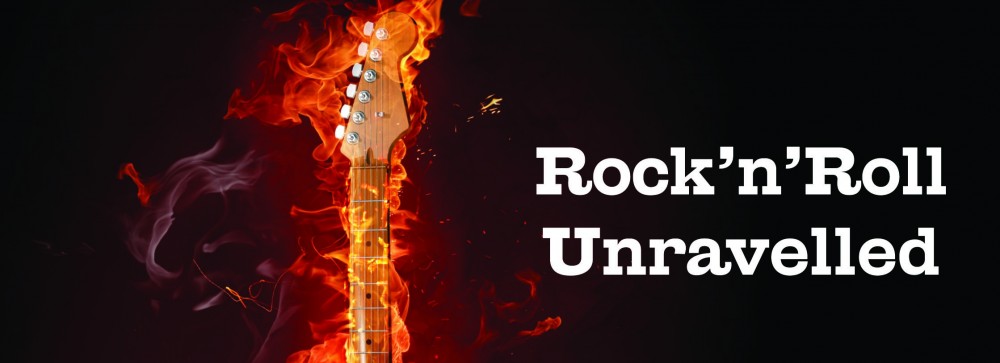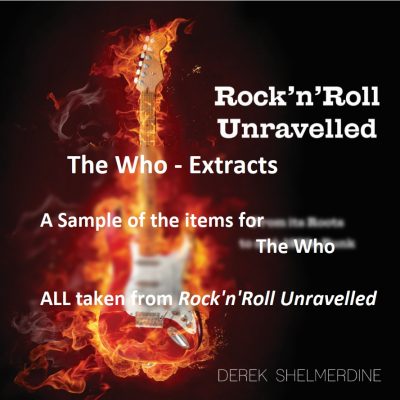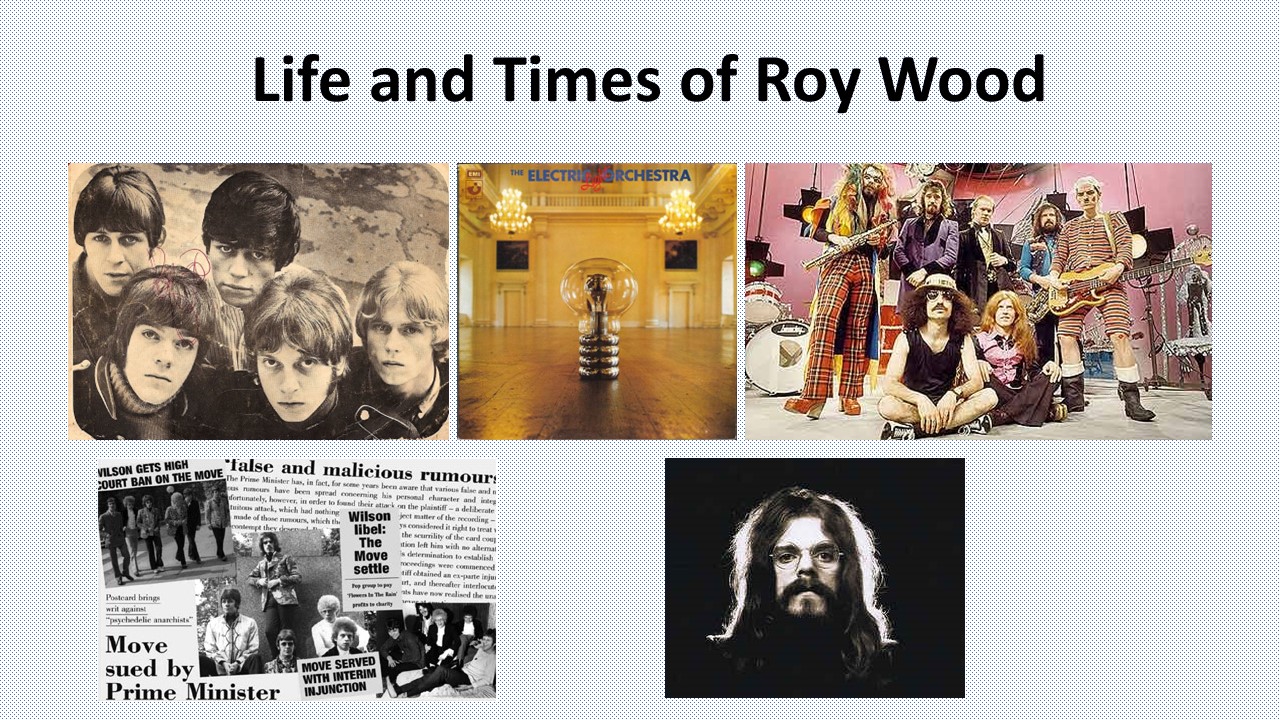The Who Extracts
These are a small sample of the items for the Who, taken from Derek Shelmerdine’s Book, Rock’n’Roll Unravelled – The Who Extracts
The Who Extracts are taken from Derek Shelmerdine‘s book Rock’n’Roll Unravelled
They are just a small selection of items about the Who.
An * by a date, e.g. 20 November*, indicates that the story relevant to that date can be found in, Rock’n’Roll Unravelled at that date, although that story might not be included in these extracts – The Who Extracts
Contents
- How The Who Came Together
- 30 April 1964: Keith Moon Auditioned for the Who
- 14 March 1966: Released Substitute c/w Waltz for a Pig
- 18 June 1967: Appeared at the Monterey International Pop Festival
- 14 August 1967: Bad flight inspired Glow Girl
- 23 May 1969: Released Tommy (UK)
- 14 February 1970: Live at Leeds concert
- 26 April 1971: Last Lifehouse Concert Performance
- 29 October 1973: Quadrophenia tour lumbered
- 7 September 1978: Keith Moon died
HOW THE WHO CAME TOGETHER
This is how the band came together…
Before the Detours: Pete Townshend and John Entwistle:
…The Confederates – trad jazz band c.1959:
John Entwistle: French horn and trumpet
Pete Townshend: banjo
…The Scorpions:
John Entwistle: bass – left in mid-1961 to join Daltrey in the Detours
Pete Townshend: guitar – left in 1962 to join the Detours
The Detours
Daltrey was in the Detours before the others joined – by late 1963 the band was:
Roger Daltrey: guitar and vocals
John Entwistle: bass – joined in mid-1961
Pete Townshend: guitar – joined in 1962
Doug Sandom: drums – joined in mid-1962
22 Dec 1963: Detours opened for the Rolling Stones… Daltrey – Entwistle – Townshend – and drummer Doug Sandom
…Townshend’s swinging-arm style reputedly started here
The Detours changed their name to “The Who”
Doug Sandom played a handful of gigs as “The Who” before being replaced by Keith Moon.
Keith Moon – before he joined the Who
25 Jun 1962: Moon asked Screaming Lord Sutch’s drummer Carlo Little for drumming lessons
5 Sep 1962: Keith Moon auditioned for BBC Radio with Mark Twain and the Strangers – they failed
… Moon went on to join the Beachcombers: he left to replace Doug Sandom in the Who in early May 1964
The Who
9 Apr 1964: unsuccessful auditions for Fontana and BBC Radio… the Fontana audition was with Chris Parmenter – he was unimpressed with Sandom
13 Apr 1964: drummer Doug Sandom’s last gig
30 Apr 1964: Keith Moon’s audition as drummer… he played Road Runner – penned by Bo Diddley and a single from him in 1960
5 May 1964: 2nd audition for Fontana – once again with Chris Parmenter…
…..Keith Moon was now established as the Who’s drummer.
The band become the “High Numbers” for one single, Zoot Suit c/w I’m the Face before finally settling on “The Who”.
30 April 1964: Keith Moon Auditioned for the Who
The Who were regulars at the Oldfield Hotel in London’s Greenford but it was probably on this night that the concert goers were treated to the first glimpse of drummer Keith Moon, when he sat in with the band for a rendition of Bo Diddley’s Road Runner.
Despite being the Who’s drummer for the previous two years, Doug Sandom was sacked after their unsuccessful audition for Fontana on 9 April*. Session drummer Dave Golding filled in whilst the band sought a new permanent sticksman. Urban legend has it that there was a sign of things to come with Moon’s drumming style, after he managed to destroy the bass pedal during his brief time on stage.
14 March 1966: Released Substitute c/w Waltz for a Pig (UK)
The Who’s follow-up to their classic My Generation single was also their first release on the new Reaction label. Two versions of Townshend’s Substitute were released, one with the B-side Circles, the other with Instant Party. In reality they were both the same song. The producer of their earlier Brunswick singles, Shel Talmy, had already recorded Instant Party and he took a dim view of the Who re-recording the song for their new label. He made his point by releasing his version of Instant Party as the B-side for A Legal Matter. To right the wrong, he obtained an injunction which stopped sales and prevented the Who from recording. They rescued the situation by changing the B-side to Waltz for a Pig, performed by the Who Orchestra with a writing credit for Harry Butcher.
This new B-side was actually performed by the Graham Bond Organisation. Drummer and future Cream sticksman Ginger Baker was the writer, credited as “Harry Butcher”.
18 June 1967: Appeared at the Monterey International Pop Festival
The first of the great rock festivals opened on 16 June, at the 7,500 seat, out-door arena at Monterey County Fairgrounds in California. It was run as a non-profit event by Alan Pariser, Lou Adler and the Mamas and the Papas’ John Phillips.
The Who and Jimi Hendrix appeared on the third day and famously both refused to follow the other on stage. The toss of a coin put the Who on first. This was the Jimi Hendrix Experience’s American debut and it led to their invitation to support the Monkees tour. Not quite in keeping with the general feeling of peace, love and flower power, the Who smashed up their equipment at the end of My Generation and in a feedback laden version of Wild Thing, Hendrix set fire to his guitar, smashed it into the stage until it snapped and then threw the neck into the audience. Now there’s a collector’s item!
The Grateful Dead refused to allow their set to be included on any subsequent albums or movies about the event. Janis Joplin’s performance with Big Brother and the Holding Company established her reputation and was so well received that she was invited back to repeat the set. Guitarist Mike Bloomfield’s new band, the Electric Flag, gave its debut performance. In a sign of things to come, Byrd’s guitarist David Crosby stood in for an absent Neil Young in Buffalo Springfield. A host of other rock luminaries also appeared, including Quicksilver Messenger Service, Country Joe and the Fish, The Mamas and the Papas, Jefferson Airplane and The Byrds, plus blues from Paul Butterfield, soul music from Otis Redding and a standing ovation for Ravi Shankar’s Indian sitar music.
14 August 1967: Bad flight inspired Glow Girl
During their American tour, the Who’s plane developed engine trouble on a flight from their Rhode Island gig to Chattanooga, Tennessee. This resulted in a nerve-wracking journey for the band and an emergency landing for the plane. The experience inspired Pete Townshend, the group’s guitarist and main song writer, to write the plane-crash song Glow Girl.
Glow Girl was intended to be released as a single. It was also reputedly pegged as the opener for the ‘lost’ album Who’s for Tennis, the planned follow-up to The Who Sell Out. The song was never released as a single and the Who’s for Tennis album never materialised, replaced by Direct Hits in Britain and Magic Bus: The Who on Tour in America. Glow Girl also sowed the seeds of Pete Townshend’s magnum opus, his rock opera Tommy. The song ends with a Mrs Walker being told repeatedly that it’s a girl. Tommy opens with the Overture followed by It’s a Boy, also for a Mrs Walker.
The song Glow Girl was finally released on the Who’s 1974 album Odds and Sods.
23 May 1969: Released Tommy (UK)
The Who’s Tommy is often cited as the first rock opera but the Pretty Things’ SF Sorrow was released in Britain six months before Townshend’s magnum opus, Tommy.
In the autumn of 1967 the art director for the British counterculture periodical International Times, Mike McInnerney, introduced the Who’s guitarist and principle songwriter Pete Townshend to the works of the Indian Avatar, Meher Baba. Townshend became a keen follower of Baba and Tommy was inspired by his teachings. On 10 July 1925 Meher Baba took a vow of silence, which he maintained until his death in 1969.
Seeds for Tommy can also be found in the song Glow Girl, written after the traumatic plane journey to Chattanooga on 14 August* 1967 but it was not released until the Odds and Sods album in 1974. The song finished with a line that tells Mrs Walker that, “It’s a girl”, whereas, Tommy’s Mrs Walker had a little boy.
The distinctive album sleeve was designed by Mike McInnerney.
14 February 1970: Live at Leeds Concert
On St Valentine’s Day the Who recorded their performance at Leeds University, in the North of England. The resulting album, Live at Leeds, proved to be one of the greatest live albums of all time.
The set was a mixture of original material and covers, including Mose Alison’s 1957 Blues, covered by the Who as Young Man, Eddie Cochran’s 1958 Summertime Blues and Johnny Kidd and the Pirates’ 1960 Shakin’ All Over. The original vinyl album only contained six songs: the three covers above and three Who classics, My Generation, Substitute and Magic Bus. The performance of Tommy recorded that night had to wait until 2001 for a release date, when the 2xCD Deluxe Edition devoted one of the CDs to the rock opera.
The album was very nearly Live at Hull. The Hull concert at the City Hall the following night was also recorded but problems with the bass guitar sound made much of the material unusable.
The Live at Leeds album was released with memorabilia inserts in a mock-bootleg sleeve, very similar to the Rolling Stones’ cover for Live R Than You’ll Ever Be.
This live performance received a rare accolade in the form of a wall-mounted blue plaque, awarded by the Leeds Civic Trust to represent the event’s historical significance. The inscription on the plaque reads, “LIVE AT LEEDS: The University Refectory is a legendary concert venue. The Who’s performance here on 14 February 1970 was recorded and released as ‘Live at Leeds’, the most celebrated live album of its generation.”
26 April 1971: Last Lifehouse Concert Performance
Lifehouse – Pete Townshend’s lost magnum opus…
This proved to be the last Lifehouse concert performance at London’s Young Vic theatre.
Townshend’s magnum opus had a very short life. Rehearsals started at the Young Vic in early January, with a press announcement on the thirteenth. Following a handful of performances and a New York recording session, Townshend abandoned the project shortly after this show was recorded.
Lifehouse was Pete Townshend’s complex follow-up to his acclaimed rock opera Tommy. Universal Studios was behind the project. The end result was to be a movie, incorporating live footage and audience participation filmed at the Young Vic. The futuristic storyline was set in a post-apocalyptic, polluted, mind-controlled world, where the hero attempted to provide freedom through rock’n’roll. The climax came with a freedom concert thwarted by the state. The concertgoers and some of the mind-controlled people who had tuned in, simply vanished into thin air.
The project never really gathered a head of steam and eventually fell apart. Some studio recordings, involving organist Al Kooper and guitarist Leslie West, were made at the Record Plant in New York. A single album of material was salvaged from the wreckage of Lifehouse and released as the superb Who’s Next. But it was not over, Lifehouse would continue to occupy Townshend’s mind for many years to come.
The Lifehouse recordings were released in 2003, as a bonus disc with the Who’s Next deluxe reissue CD.
29 October 1973: Quadrophenia tour lumbered on
The second night of the ill-fated Quadrophenia tour played Wolverhampton’s Civic Hall.
The opening night on 28 October* had suffered a number of problems and in an attempt to tighten up the show three songs were removed from the set: The Dirty Jobs, Is It in My Head and I’ve Had Enough. The rest of the British tour fared little better. Guitarist Pete Townshend stormed off the stage at Newcastle on 5 November* and cramped conditions at the final UK gigs in London’s Lyceum attracted yet more complaints from the fans.
The opening night of the North American tour on 20 November* started ominously with Keith Moon collapsing on stage. Their trip over the border for the Montreal gig on 2 December* nearly resulted in the band and entourage failing to turn up for the Boston concert. They had missed their flight after being arrested for a spot of hotel wrecking.
Pub-rockers Kilburn and the High Roads opened for some of the British tour and southern-rockers Lynyrd Skynyrd did the honours for the American leg.
7 September 1978: Keith Moon died
On the evening of 6 September, Keith Moon attended a film preview of The Buddy Holly Story at the invitation of his friend Paul McCartney. After dining with Paul and Linda, Moon and his girlfriend, Annette Walter-Lax, uncharacteristically returned home early. The following day he died from an accidental overdose of tablets he was taking to combat alcoholism. The coroner returned an open verdict.
The London apartment he was staying in was owned by his friend Harry Nilsson. In a bizarre coincidence, Mama Cass Elliott had died in the same apartment on Curzon Place four years earlier, on 29 July* 1974.
The Who Extracts: To be continued…


